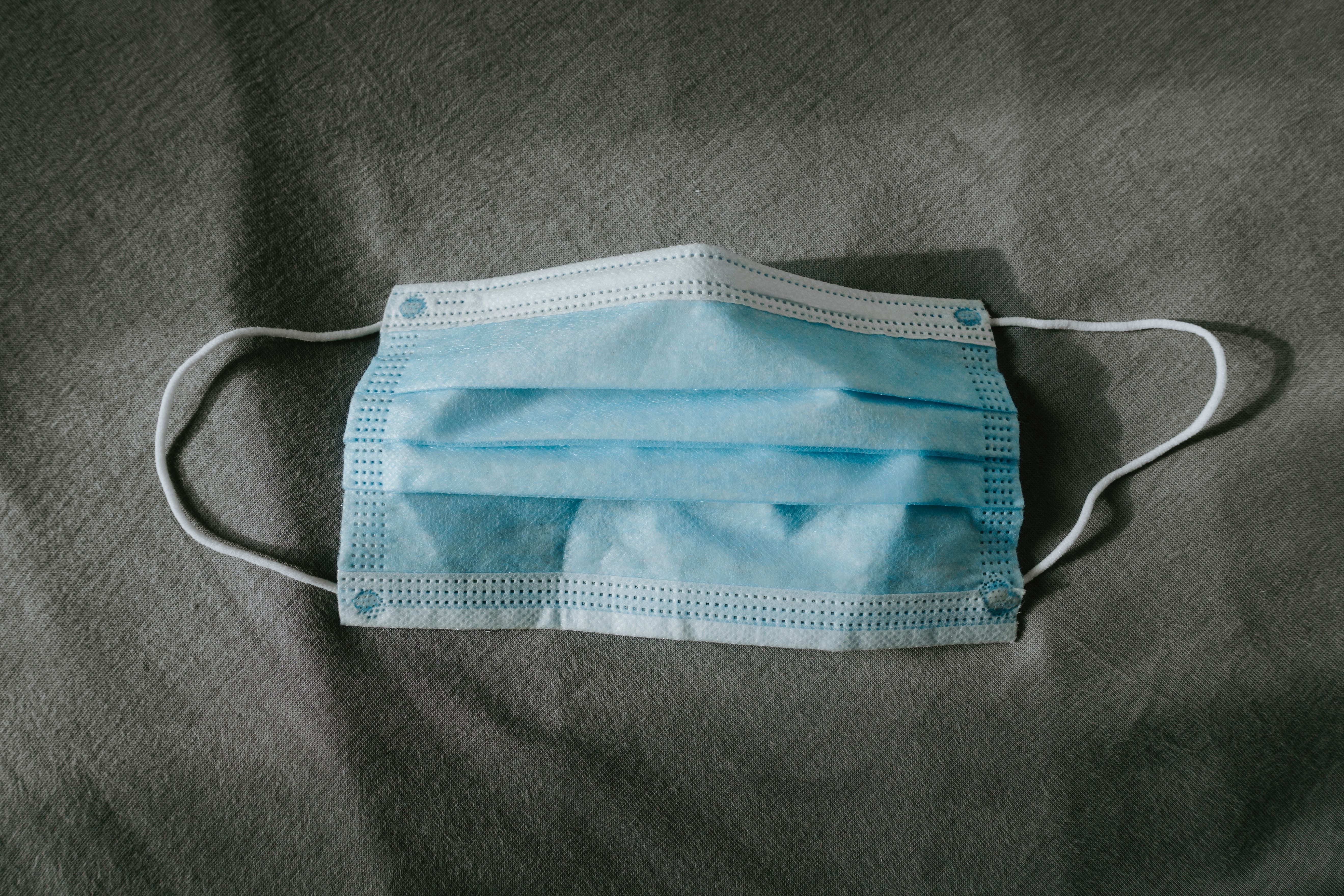CDC’s New Mask Guidance: Real-Life Considerations
The guidelines were welcomed by some, but infectious disease providers say caution is needed moving forward.

Recently, the US Centers for Disease Control and Prevention (CDC) made the unexpected announcement that people vaccinated against COVID-19 could safely jettison their masks, not just outdoors but indoors in most cases. The news ricocheted through the healthcare community and beyond, with many seemingly taken aback by the updated guidelines. In an effort to help Americans make sense of the CDC’s proclamation, the Infectious Diseases Society of America (IDSA) asked experts to weigh in.
First, the science: The vaccines are extremely effective, offering vaccinated people a very high level of protection and a significantly lower chance of getting sick or transmitting the virus to others, stressed Jeffrey Duchin, MD, professor of medicine in the Division of Infectious Diseases and adjunct professor in the School of Public Health at the University of Washington, Seattle, and IDSA’s liaison to the CDC’S Advisory Committee on Immunization Practices (ACIP). “There is no debate about this fact,” he said. “However, the announcement led to widespread confusion and frustration because it was unexpected and lacked needed context for implementation by state and local public health communities.”
No information was offered about applying the guidance in real-world settings, Duchin noted, particularly when it comes to verifying whether unmasked people actually are vaccinated, or the impact of local COVID-19 activity and transmission rates. “Some, unfortunately, interpreted this guidance as an immediate end to the indoor mask mandates or that the COVID-19 epidemic is essentially over, and it put state and local health officials in a very tough position,” he said.
While certain areas in the U.S. have relatively high levels of vaccination among the population, others do not—and large subgroups such as young adults and people of color remain disproportionately unvaccinated everywhere. By abruptly announcing new mask guidelines, local governments and public health departments were deprived of the opportunity to formulate nuanced messaging specific to their areas and instead were left with one-size-fits-all guidance.
Jeanne Marrazzo, MD, MPH, FIDSA, director of the Division of Infectious Diseases and professor of medicine at the University of Alabama, Birmingham, and an IDSA board member, agreed. “The CDC guidance...is really directed at people who are fully vaccinated and who we know are likely to have a really solid response to the vaccine, meaning they make an adequate amount of antibody to protect themselves if they happen to be exposed.” This emphasis on fully immunized people was lost in the messaging, she said.
Marrazzo expressed concern about the vulnerability of children younger than 12, who currently are not eligible for the vaccine, or anyone who is immunocompromised. While many people immediately think of organ transplant recipients or people living with HIV as examples of immunocompromised individuals, a study revealed that up to 3% of people may have some degree of immune system impairment, she said. People receiving chemotherapy, who have uncontrolled diabetes, are on dialysis, have liver disease, or take immune-modifying drugs for conditions such as arthritis may not mount a strong response after being vaccinated. “Millions of people fit this bill, and we have literally very little data on whether the vaccine works on them,” Marrazzo said. “We think it does, because we’re seeing such great effects, but again it’s a real reason to be cautious and interpret the guidelines carefully.”
So, per CDC guidelines, is it now okay to go maskless at your favorite store? Yes, Marrazzo said—if you’re fully vaccinated, have no underlying conditions that might affect your immune response, and are in an area where transmission rates are relatively low and vaccination coverage is high. As roughly 4.6% of the world’s citizens have gotten at least 1 shot, finding such a locale may be more difficult than it appears. “I’m still wearing a mask when I go any place in public where I live, because our vaccination rates are not even at 50%,” Marrazzo said. If the rate were at least 80%—he theoretical benchmark at which herd immunity would occur—she indicated she would likely go maskless.
The US Transportation Department said it was going to leave its mask mandate in place through September 13. This means people traveling on planes, trains, and buses will continue to be required to wear masks.
Additionally, Marrazzo and Duchin urge people to also consider whether it’s wise to shed their masks in risky spots like bars, where patrons are often packed in, laughing and talking loudly. Breakthrough cases of COVID-19 in vaccinated people, though infrequent, do occur. Marrazzo doesn’t feel that the rate of breakthrough infections will necessarily rise as more people take off their masks indoors, since many people have resisted mask wearing all along and transmission rates in the U.S. are much lower now than they were during the pandemic’s peaks. “Protection [from the vaccine] has held up to be incredibly robust,” she said. “[Still], be prepared to pivot and adapt if we start to see the emergence of either outbreaks of our usual strains or incursion of these very worrisome new variants.”
We also need to consider people’s personal comfort levels while navigating these new guidelines, Duchin and Marrazzo emphasized; some vaccinated people may choose to continue wearing masks, especially if they have weakened immune systems or if they live with a vulnerable person. “I just think we need to expect, accept, and respect continued mask wearing by anyone, any place, at any time,” Duchin said, alluding to the often political divide correlated with mask wearing in the US and the pushback against the practice by some. He also stressed that there is much we don’t know about the future course of the outbreak, the impact of variants, how long vaccine protection lasts, and how our summer behavior might impact fall transmission levels.
